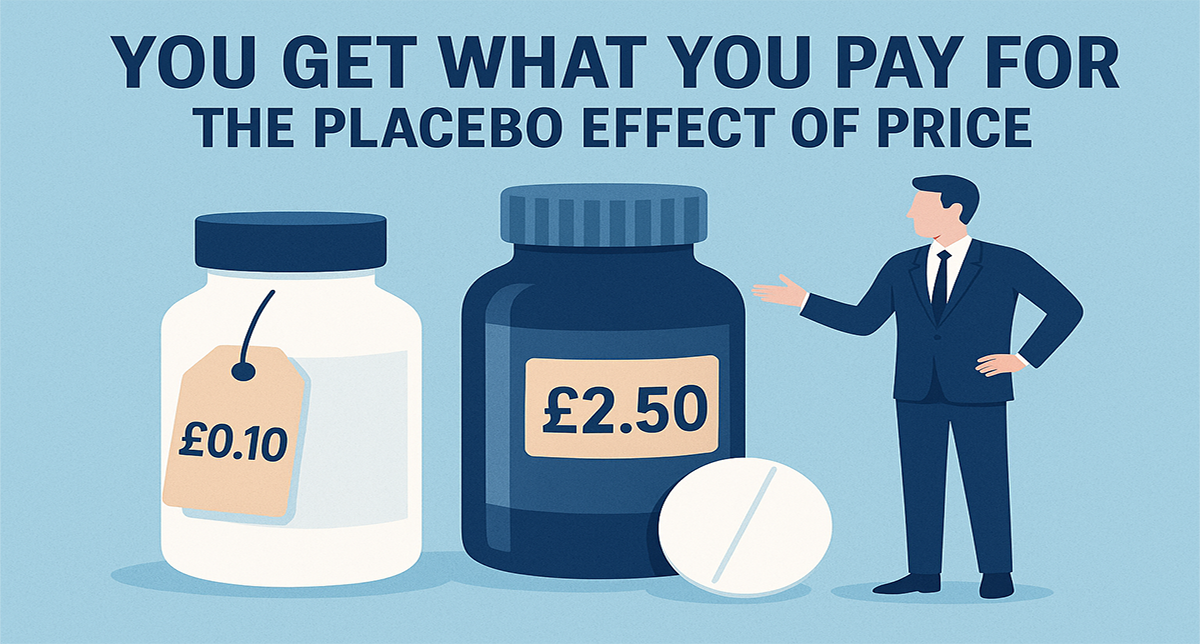What is Sunk Cost fallacy?
The fear of loss leads to the sunk cost fallacy. Individuals implement this cognitive bias (often subconsciously) when they continue a behaviour or endeavour as a result of previously invested resources - namely: time, money or effort. [Arkes & Blumer, 1985].
What is an example of Sunk Cost Fallacy?
Something perhaps most can relate to is over-ordering a takeaway. It's easily done! You never know what portions to expect so it's better to be safe than sorry. Despite the impossibly large, super-size portions, individuals have a tendency to continue eating, to the point of feeling sick, just to “get their money’s worth”. A prime example of sunk cost fallacy.
Similarly, a person may have a ticket to a concert but have to drive for hours through a storm to get there. They endure the harsh conditions because they feel they have to attend due to having made the initial investment.
Sunk cost fallacy is about weighing up the cost of something (inconvenience, time or even money) and its benefits and deciding if it is worth the investment. If it is, you'll go to any means necessary to ensure loss aversion.
The truth about sunk cost fallacy
The Misconception: You make rational decisions based on the future value of objects, investments and experiences.
The Truth: Your decisions are influenced by emotional investments - the more emotionally invested you are, the harder it becomes to abandon.
Over a series of studies throughout the 1970s and 80s, Daniel Kahneman discovered that people placed more urgency on avoiding threats than they did on maximising opportunities. Over time, the prospect of losses has become a more powerful influential factor of your behaviour than the promise of gains.
This is why good marketing and salesmanship is all about convincing the consumer that what you want them to buy is worth more than what they must pay for it. If the consumer sees something as good value, the pain of loss will be offset by their joy of gain.
Sunk Cost Fallacy in retail
A common example is a shopper who has received a £20 voucher to use towards a case of wine. The case of wine is priced at a much higher ticker value than the £20 voucher, let's say £100. Nevertheless, the shopper will be inclined to spend the additional £80 (that they never intended to spend) just to make use of their voucher having initially decided it had value.
When it comes to what this means for shopping, in-store and online, there are a number of considerations:
1. Take a deposit
Once a shopper has made a financial investment toward a purchase, the Sunk Cost Fallacy means they tend to not see that deposit as part of the cost, focusing instead on only what remains to be paid.
2. Shopper investment
Once you can get shoppers to invest time, effort and/or money, they will be more likely to purchase. If only so that they don’t lose their initial investment. This initial investment could be through exploring a bedroom showroom and laying on a mattress, accepting a tester spray of perfume or a brief makeover using a makeup product.
3. The free incentive
Shoppers are significantly more likely to complete a ten-stamp card for a free coffee once two spots are stamped than they are on an eight-stamp card without any spots stamped. This is because the Sunk Cost Fallacy means they already feel they have made a significant start on their card and will want to complete the remaining 8 stamps.
Similarly, in an on-line world, a free trial of a software platform is always a great opportunity to entice new customers - they will have invested time and effort into testing the platform so that by the time it comes to payment they feel too invested to walk away.
Summary
As with all things in marketing, getting the best results is a balancing act. You’ll have to consider your brand image and business ethics, marketing goals and the opportunities your products or services provide for exploiting the Sunk Cost Fallacy phenomenon.






